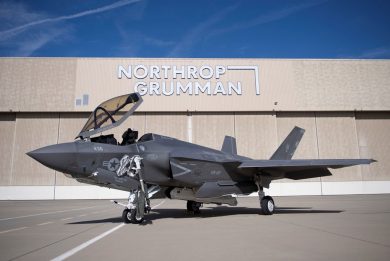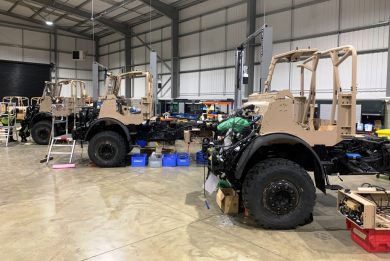
Belgian F-35s to reach FOC in late 2030
The MoU between Belgium and the US was signed in October 2018, Brussels having acquired its future fighter, the F-35, through the FMS pipeline under a total package approach. Belgium aimed at a gov-to-gov agreement, buying a capability rather than only an aircraft. Five different aircraft initially fought for the contract, down-selection leaving the Lightning III and the Eurofighter, the Lockheed Martin aircraft finally winning the bid, the current contract including 34 aircraft. Although the first Belgian F-35 will reach the Florennes Air Base, home of the 2nd Tactical Wing, in late 2024, the service has a very clear induction plan that was illustrated in a thorough briefing by Colonel Nico Claessens, Chief Combat Capability of the Belgian Air Component at the International Fighter Conference.
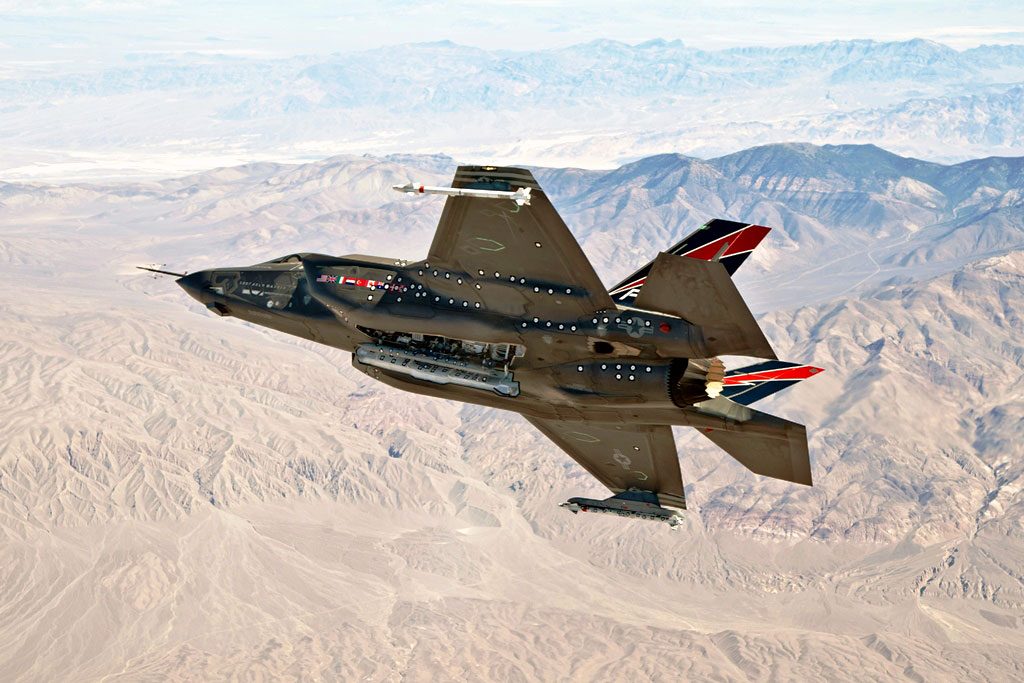
Beside the aircraft, Belgium will also receive a spare engine and four full mission simulators for each of the two air bases that will host the F-35 wings, the other base being Kleine Brogel, home of the 10th Tactical Wing, political correctness requiring one base each for the Wallon and the Flemish regions. Two identical infrastructures will be build on the two bases; site survey was carried out in early fall 2019, the contract signature being expected in 2021, work to be finalised before aircraft arrival, the F-35 wings to be hosted in wholly new structures as none of the existing ones will be used. As for weapons, these will be part of a separate contract, to be signed around 2022, that should include some 200 air-to-air missiles and around 1,000 precision guided munitions, their exact type having not yet been decided.
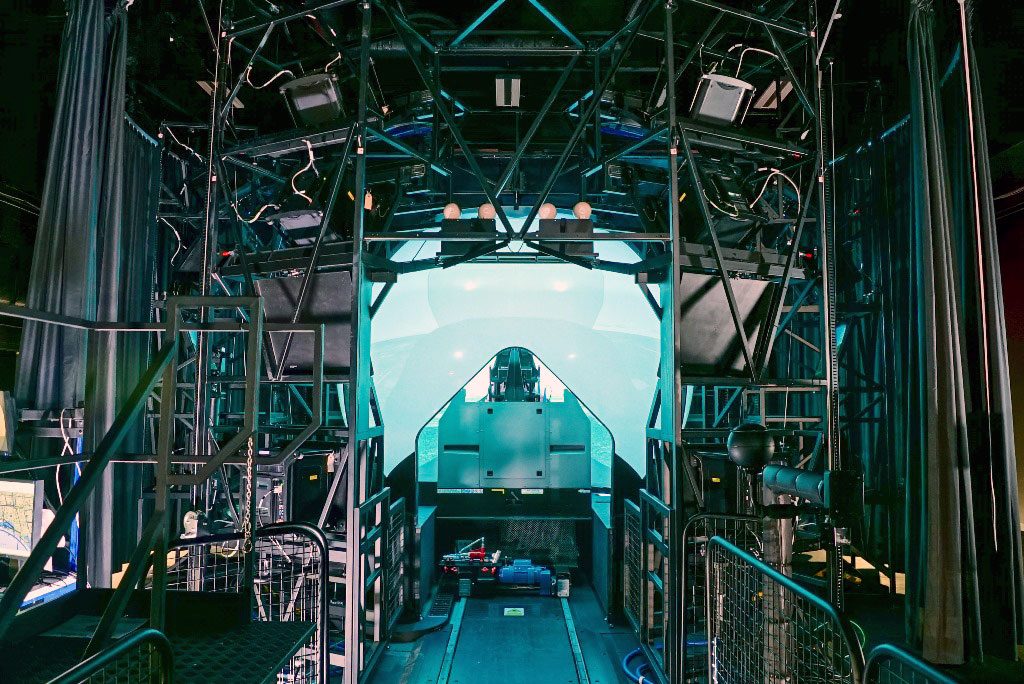
The first Belgian F-35 will in fact be delivered in 2023, however the first eight aircraft will remain at Luke AFB where they will be used to train Belgian pilots, the plan aiming at identifying the first F-16 pilots that will go through the conversion programme in mid 2022, maintainers training to start in 2023, here too the first to be chosen among experienced personnel. All personnel will be single-hatted, that is no one will be employed simultaneously on F-16s and F-35 flight lines, the only exception being initially some simulators instructors. At the end of the handover process Belgium aims at having 67 F-35 operational pilots available to answer the country Level of Ambition. Currently Belgium can provide to NATO an F-16s package for unlimited deploying comprising six aircraft, a 4-aircraft package for limited deployment, and a 2-aircraft package for Air Policing missions. Belgium fields 45 F-16 Block 15 plus nine as attrition, all of which underwent an MLU in the late 1990s, a total of 85 pilots being available, 11,500 hours being flown every year, which can be increased to 12,500 in case of operations, one simulator per base being available exploited for around 1,200 hours per year, total manpower being around 2,600. Thanks to the availability of the simulators, which will “fly” 4,500 per year, the F-35 will have a standard activity of 7,950 hours per year that might increase to 9,150 in case of operation, the declared Level of Ambition declared by Belgium once the new aircraft will reach the FOC being of a package of six aircraft for unlimited periods and two aircraft for Quick Reaction Alert duties, the Belgian Air Component working in team with the Royal Netherlands Air Force, each nation providing two-week shifts ensuring 24/7 air dominance over the two countries. Overall the F-35 force will require 2,100 personnel, a reduction of nearly 20% compared to the current F-16 force.
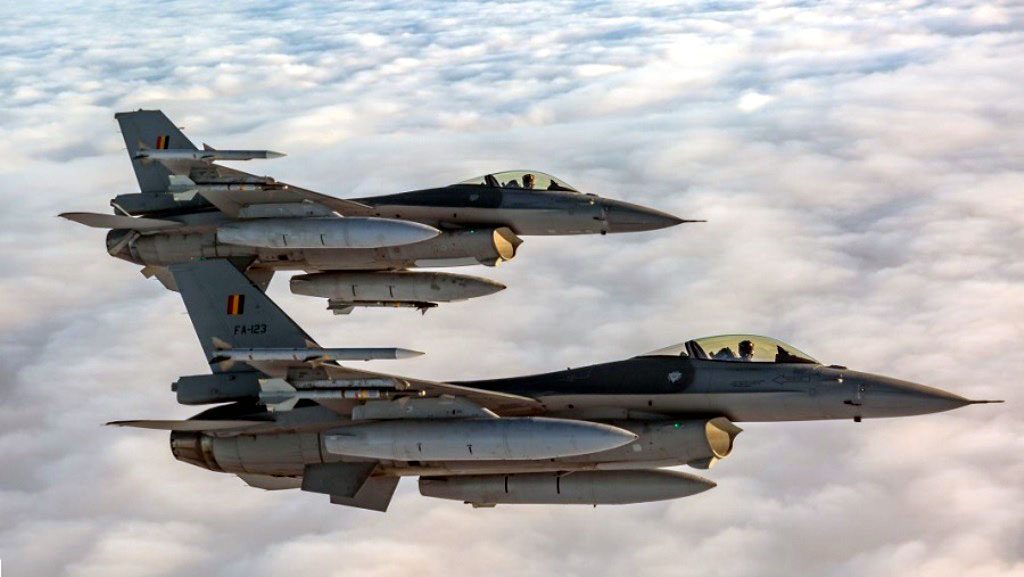
Talking about the Level of Ambition, the end of the F-16s operational life of 8,000 flight hours per aircraft will start to take its toll since 2024, when Belgium will be capable to provide a 6+2 package, dropping the 4 aircraft package for limited deployment periods, 2026 seeing the unlimited deployment package reduced to four F-16s. In 2027 the number of F-35 will exceed that of F-16s, however the 2027-28 period will also be the most critical, Belgium being unable to provide a minimum package according to its Level of Ambition, as only a three aircraft unlimited package will be deployable, together with the two F-35 for Air Policing, the minimum of 4+2 to be reached in 2029 and marking the IOC. These however will be capable of carrying out most missions with the exception of the SEAD (Suppression of Enemy Air Defences), a mission new to the Belgian Air Component. One year later the Belgian F-35 will finally reach the FOC, the Level of Ambition getting to the 6+2. Belgium plans training its pilots in the US until 2030 but can decide to keep that scheme, although two of the eight aircraft deployed at Luke AFB will be transferred to Belgium. One issue still to be solved is that of the Dual Capable mission, that is the capability of carrying nuclear bombs, a Cold War era heritage which has however never been cancelled, Germany having a similar problem. This was not part of the acquisition plan due to political decisions; if and when the problem will be raised this will require some further investments.
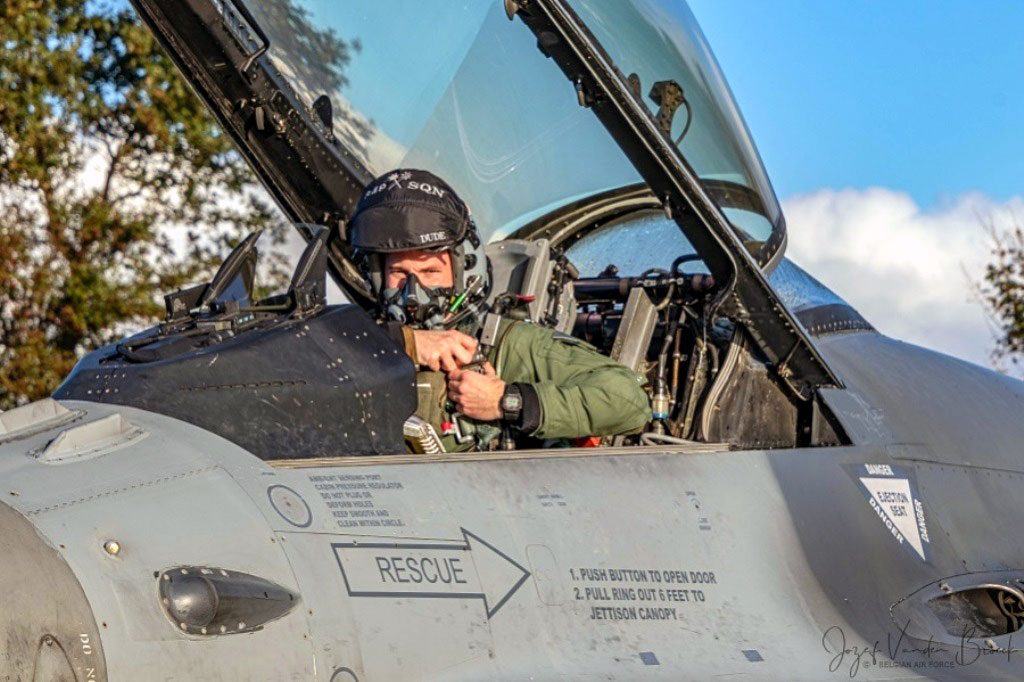
For a relatively small air force such as the Belgian one, a programme such as that represented by the F-35 acquisition has a considerable impact on manpower. Apart from pilots, those that will convert from the Fighting Falcon to the Lightning II will have to ensure a minimum of seven years in their new position, technical personnel will have to face new challenges, among those a mindset change due to more stringent security issues, technical issues related to stealth materiel, not to mention the need to enlist Information Technology experts, coveted on the job market, not easy task for the military. Some bottlenecks have been identified in the transition phase, both for pilots and technical personnel, for the latter Belgium having also to face the retirement of expert personnel, recruitment allowing only covering 75% of departures.
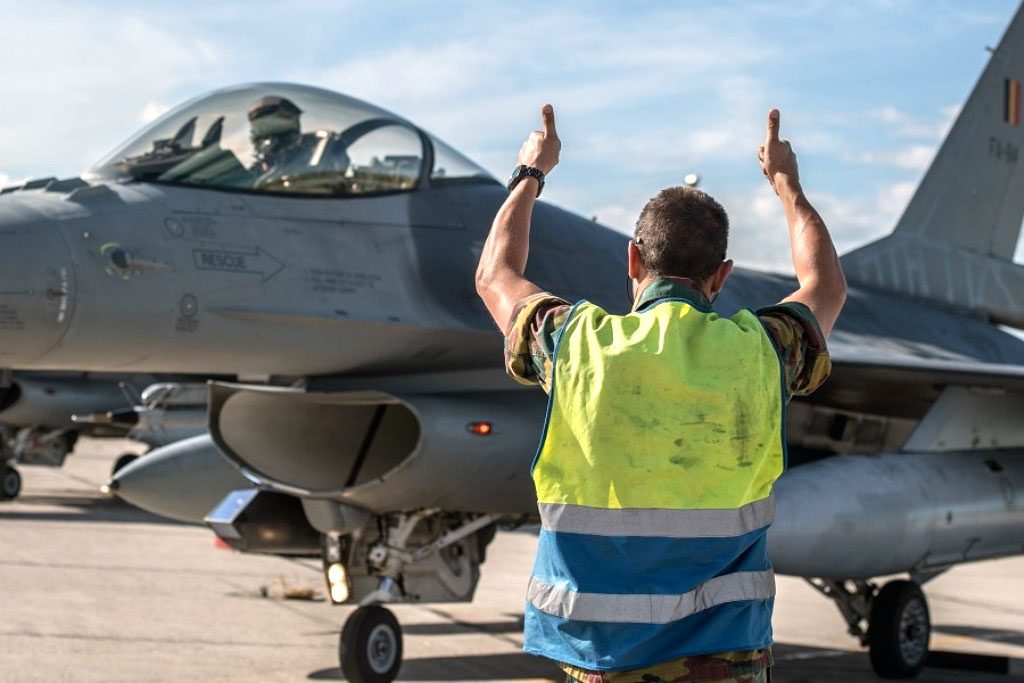
On the training side, the limited air space of the country will necessarily lead Belgium to find agreements with its neighbouring countries, that with the Netherlands, which recently received their first F-35s, being the most obvious considering the long-lasting cooperation between the two services. The Belgian Air Component was invited not only to the ceremony but also to sit at the F-35 partners meeting, although Brussels is not in fact a partner country having acquired the Lighting II through the FMS scheme. However the widest possible cooperation among F-35 users must be sought to get most out of the new aircraft, Col. Claessens concluded.
Back to The International Fighter Conference 2019 special report menu
Photos courtesy Belgian Armed Forces and Lockheed Martin

